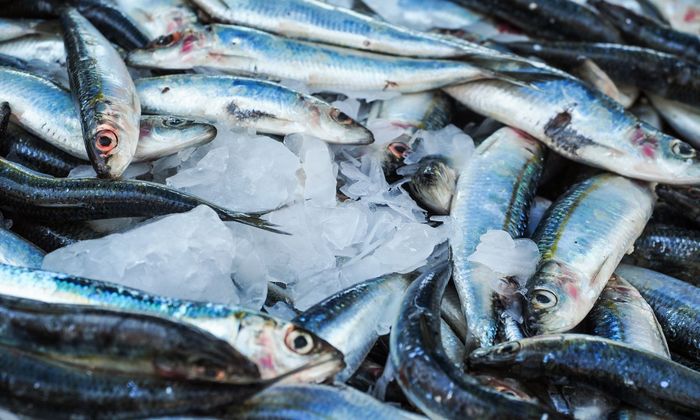2. Peat moss
This is quite an ancient alternative, but when used well, it works. To use peat moss to keep your fish fresh, you need to stun the fish first and clean it. Find cold water to soak your moss in, and then squeeze out the excess. Spread out three to four inches of wet moss on whichever container you’re planning on transporting your fish — a box or a carton, ideally. Stuff the fish with the wet moss in any cavity in its body. Then pack each fish by layer. Be sure to spread each catch apart.
3. Salt
Salt is another ancient practice that works. To do this, you need to stun and clean the fish first, the same way with peat moss. Then rub salt in the body cavity of the fish and use more to cover the outside. This will allow you to preserve your fish for a day even without ice. Just remember to soak the fish in water before cooking.
Best Ways to Store Fish
Let’s say that you have prepared well for your fishing trip and that you have access to ice and proper storage. Here are just a few reminders to store your raw fish properly:

1. Bring an insulated cooler that has draining
Water — even melted ice water — can affect the integrity of the fish. In short, it can make your fish soggy. So storing the fish on ice inside an insulated cooler is not enough. You need to have one that allows for draining. Either use one that has a draining spout, or you can drill holes at the bottom of your cooler instead.
2. Use crushed ice
Why crushed ice? It’s easier to spread it over the fish. You can’t do that with ice cubes or even bigger mounds of ice. Crushed ice is also easier to pack and keep.
How much ice should you pack? At least two pounds for every fish.
3. Stun and bleed your catch properly and humanely
There are two ways to humanely stun your fish before bleeding it. One is by percussive stunning. This is done by hitting the fish between its eyes with a blunt object. It’s important to do this only once so you don’t let the fish suffer. The other method is spiking, which involves piercing the brain of the fish with a sharp object. The objective of both is to not let the fish suffer and die a slow death.
4. Wash the fish off and double-wrap
After bleeding the fish, wash it off properly, ideally with cold water. Before wrapping it up, make sure to dry off the excess water. If possible, double-wrap your fish in cling plastic wrap or in individual freezer bag before packing it in with crushed ice. Make sure to keep as much air out of your wrap to avoid freezer burn. Wrap and store your fish in the fridge individually so you’re only thawing the number of fish you’ll be cooking. Once you thaw fish, it would be dangerous to refreeze it again.






![Air gun 101: The differences between .177 & .22 – Which jobs they do best ? [Infographic]](https://airgunmaniac.com/wp-content/uploads/2020/09/g44-218x150.jpg)



































